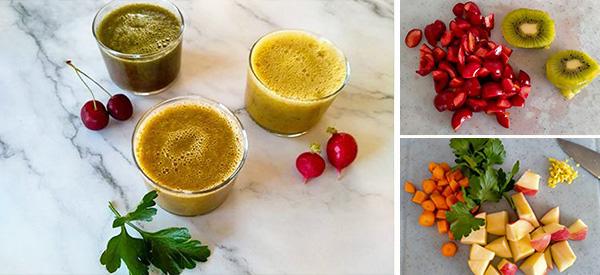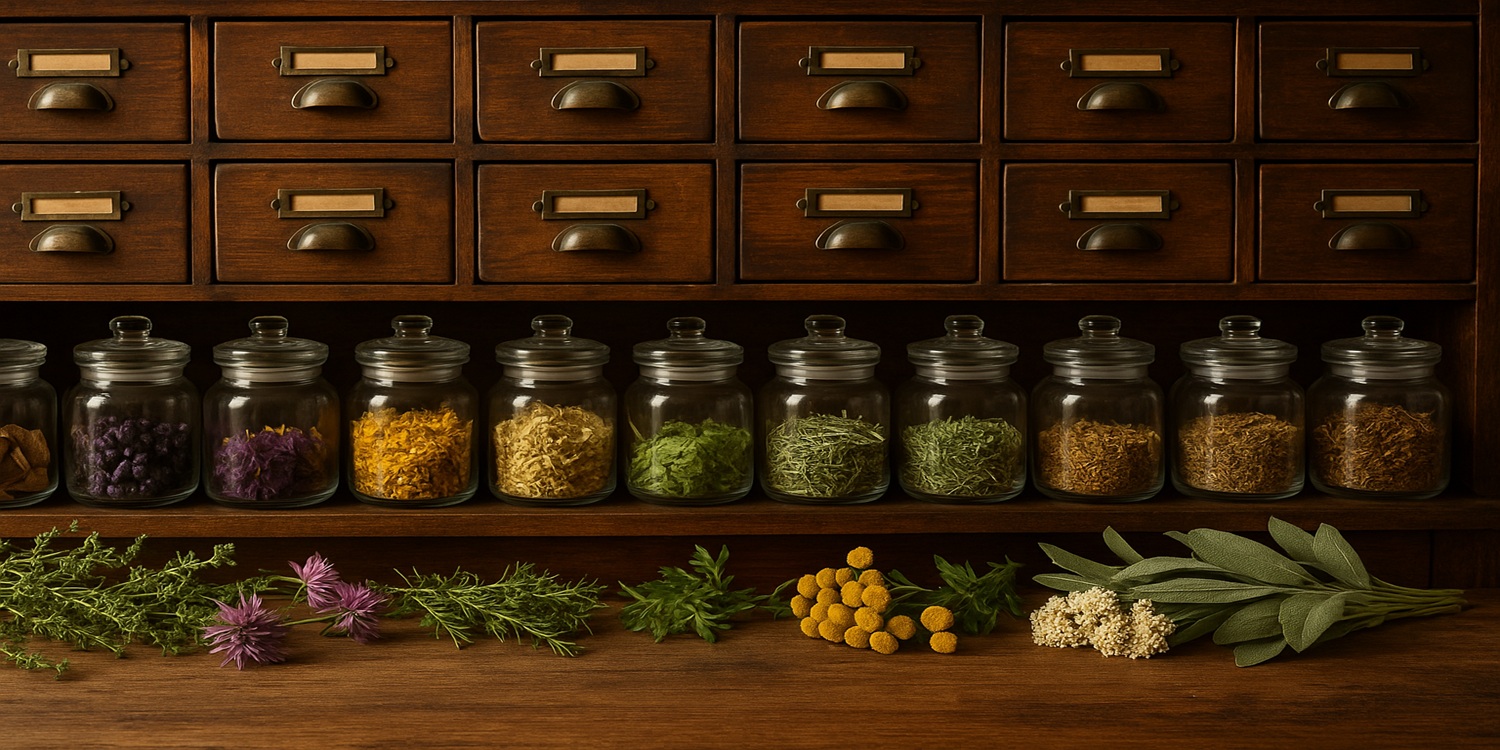
The Beginner’s Guide To Growing Medicinal Herbs At Home
Beginner gardeners can successfully cultivate their own medicinal herbs at home with the right knowledge and tools. This guide will take you through the vitals of selecting safe herbs, understanding their therapeutic benefits, and learning effective growing techniques. Growing herbs not only empowers you to create natural remedies, but also enhances your cooking and wellness routine. With a little bit of patience and care, you can create your very own herbal oasis.
The Beginner’s Guide To Growing Medicinal Herbs At Home
Most beginners find joy and fulfillment in cultivating medicinal herbs at home, which can enhance your health and well-being. By growing your own herbs, you gain access to natural remedies that can aid in treating common ailments while ensuring freshness and quality. This guide will provide you with imperative tips to help you successfully grow herbs like lavender, chamomile, and peppermint, creating a thriving herb garden. Dive into the world of herbal medicine and transform your home into a sanctuary of healing.
Key Takeaways:
- Choose herbs that thrive in your local climate and soil conditions.
- Utilize pots or raised beds for better drainage and control over soil quality.
- Implement organic gardening practices to ensure the health of your herbs.
- Regularly harvest herbs to encourage growth and prevent flowering.
- Educate yourself on each herb’s medicinal properties and proper usage.
Selecting the Right Medicinal Herbs for Your Needs
 Matching Herbs to Medicinal Goals
Matching Herbs to Medicinal Goals
Identifying your specific medicinal goals lays the groundwork for successful herb cultivation. Focus on the ailments or health improvements you are targeting. For instance, if you seek to alleviate digestive issues, consider herbs like peppermint or ginger, which are known for their soothing properties on the stomach. Conversely, if you’re aiming to enhance relaxation and reduce stress, lavender and chamomile are excellent choices due to their calming effects.
Once you outline your objectives, research the active compounds in various herbs to ensure they align with your needs. Each herb has unique properties; thus, understanding these can help you select the right ones. For example, echinacea is often used for boosting the immune system, while valerian root is favored for sleep disorders. Aligning the right herbs with your health intentions maximizes their benefits.
Must-Have Herbs for Beginners
Starting your medicinal herb garden doesn’t have to be overwhelming. A few foundational herbs can provide versatile benefits. You should consider adding basil, known for its anti-inflammatory properties, and thyme, which possesses antimicrobial benefits. Other necessarys include rosemary for cognitive support, and lemon balm, renowned for its anxiety-relieving qualities. Additionally, oregano offers a wide array of antioxidants, while aloe vera serves as a natural remedy for minor burns and skin irritations.
While there are numerous options, these herbs provide a solid starting point. They adapt well to various growing conditions and are easy to manage for beginners. By cultivating these well-regarded herbs, you’ll ensure access to effective natural remedies while gaining confidence in your gardening skills.
The Essential Herbs to Start Your Home Apothecary
 Star Players: Easiest Herbs for Beginners
Star Players: Easiest Herbs for Beginners
Several herbs are particularly user-friendly for beginners, making them excellent choices for your home apothecary. Chamomile stands out for its calming properties; this herb requires minimal attention and can be grown in pots. Just ensure it receives adequate sunlight and watch for the small, daisy-like flowers that can be harvested for tea. Mint is another beginner favorite, known for its digestive benefits and versatile uses, including reducing pain. This robust plant thrives in various conditions, but be careful as it can spread quickly. Regular pruning keeps it contained and encourages vibrant growth.
Another simple choice is lemon balm, which is renowned for its soothing effects on anxiety and sleep. This herb flourishes in partial shade and can be cut back to promote bushier growth. Additionally, rosemary serves dual purposes, offering a culinary delight and medicinal benefits for respiratory health. Its sturdy nature allows it to thrive with little fuss, making it ideal for beginner herbalists.
Niche Picks: Uncommon Medicinal Herbs Worth Growing
If you’re ready to expand your herbal horizons, consider adding some uncommon medicinal herbs to your garden. Holy basil (Tulsi) is revered in Ayurvedic medicine for its stress-relieving qualities and can easily adapt to various climates. Another interesting option is ghost plant (Sedum), recognized for its anti-inflammatory properties and its unique, striking appearance. Both herbs not only bring variety but also provide unique benefits that can enhance your herbal repertoire.
Moreover, milk thistle is worth considering for its liver-supporting benefits and can tolerate less-than-ideal soil conditions, making it an excellent choice if your gardening experience is limited. Its brightly colored flowers add visual interest, and harvesting its seeds provides a potent herbal remedy.
Creating the Ideal Growing Environment
 Soil Health: The Foundation of Successful Growth
Soil Health: The Foundation of Successful Growth
Healthy soil is necessary for robust growth and high-quality medicinal herbs. Aim for a rich, well-draining soil that is high in organic matter, which can be achieved by incorporating compost or well-rotted manure. A soil test can provide valuable insights into pH levels and nutrient content; most herbs prefer a pH between 6.0 and 7.0. Amend the soil as needed with fertilizers that suit your selected herbs, ensuring they have all the micro and macronutrients necessary for development.
Effective drainage prevents water from stagnating around the roots, which can lead to diseases such as root rot. Consider elevating your garden beds or using pots with drainage holes. Mixing in perlite or sand can also enhance drainage. Aiming for a nutrient-rich growing medium will not only support healthy plants but also maximize the medicinal properties of the herbs you cultivate.
Sunlight and Water Requirements: Striking the Right Balance
Each herb species demands specific sunlight and water conditions to thrive. Most herbs require at least 6-8 hours of full sunlight daily, while some may tolerate partial shade. Observing your garden area will help you determine the best placement for each herb, ensuring they receive the necessary sunlight to encourage vigorous growth and aromatic oils necessary for their medicinal properties. Consider rotating your herbs’ locations based on seasonal sunlight variations to optimize their growth throughout the year.
Watering requires a balanced approach; overwatering can suffocate roots or induce fungal conditions, while underwatering can cause stress and impact herb potency. Implementing a consistent watering schedule, especially during dry spells, aids in moisture retention. A general guideline is to water deeply once a week, allowing the soil to dry slightly between watering to encourage deep root growth.
By paying attention to your watering habits and the sunlight exposure of your garden, you’ll be able to create an optimal environment that fosters healthy growth and enhances the medicinal qualities of your herbs. Each herb will have unique adaptations, so adjust your approach accordingly and observe their responses to light and moisture levels for the best results.
Designing Your Home Herb Garden
 Layout Essentials: Indoor vs. Outdoor
Layout Essentials: Indoor vs. Outdoor
Choosing between an indoor and outdoor herb garden significantly impacts your gardening strategy. Outdoor herb gardens benefit from natural sunlight and fresh air, making them ideal for herbs like basil, rosemary, and thyme. Position your outdoor garden in a location that receives at least 6-8 hours of direct sunlight daily, ensuring proper growth. Consider using raised beds or garden plots, which provide excellent drainage while allowing you to control soil quality more effectively.
On the other hand, indoor herb gardens serve as a practical solution for those with limited outdoor space. Utilize windowsills or utilize grow lights to supplement natural light. Various containers like planters or wall-mounted pots can maximize space and aesthetic appeal. Selecting herbs that thrive in lower light conditions, such as parsley or mint, can help you create a successful indoor garden.
Soil Science: Building the Perfect Medium
The foundation of any successful herb garden lies in the soil. Effective drainage is vital; herbs like well-aerated, light soil that allows their roots to breathe. A mixture of potting soil, perlite, and compost creates an ideal medium offering both nutrients and drainage. Aim for a soil pH between 6.0 and 7.0 for optimal herb health, which can be easily tested with a home soil testing kit.
Incorporating organic matter such as compost or well-rotted manure enhances soil fertility. This approach not only boosts nutrient levels but also improves water retention for drier spells. Ensuring your soil is suitably enriched sets the groundwork for vibrant growth, allowing you to enjoy the full flavor and potency of your medicinal herbs.
Cultivation Techniques That Maximize Yield
 Essential Planting Methods for Home Growers
Essential Planting Methods for Home Growers
Utilizing square foot gardening can significantly enhance your herb yield in a compact space. By dividing your planting area into square feet, you can optimize the number of plants per square foot, ensuring that each herb receives adequate sunlight and nutrients. This structured approach allows for better organization, making it easier to manage companion planting, where herbs that benefit each other’s growth are placed close together. For example, pairing basil with tomatoes not only maximizes your garden space but can also enhance the flavor of your crops.
Direct sowing seeds into well-prepared soil or using starter pots can yield fruitful results depending on your growing conditions. If you’re starting indoors, use biodegradable pots that can be transplanted directly into the garden, reducing root disturbance. Outdoor sowing requires an understanding of your frost dates—most herbs thrive when sown after the last frost in the spring. During planting, ensure that the soil is loose and rich in organic matter, as this will facilitate root growth and development.
Fertilization Secrets for Robust Growth
A well-planned fertilization schedule can make a marked difference in your herbs’ health and yield. Start with a soil test to determine existing nutrient levels and pH, allowing you to apply amendments as necessary. Organic fertilizers, such as compost or worm castings, will provide a gentle, slow-release form of nutrients that enrich the soil and improve soil structure. Applying these amendments at the start of the growing season can provide a strong foundation for your herbs. For those requiring an extra boost, consider using fish emulsion or seaweed extract biweekly, which can enhance overall growth vigor.
Using a balanced fertilizer ratio, such as 10-10-10, can also benefit your herbs during the growing season. Apply it at half strength according to packaging guidelines to prevent nutrient burn. Monitoring your plants for signs of nutrient deficiency, such as yellowing leaves or stunted growth, allows you to adjust your fertilization strategy in real-time, ensuring your herbs remain robust and productive.
Techniques for Optimal Growth
 Watering Wisdom: Balancing Hydration
Watering Wisdom: Balancing Hydration
Overwatering can lead to root rot, a common issue that affects many new herb gardeners. Established guidelines suggest watering your herbs when the top inch of soil feels dry. Each herb has its own hydration needs; for instance, rosemary prefers drier conditions, while basil thrives in consistently moist soil. Utilize moisture meters for accuracy if you’re uncertain about your plants’ requirements.
Consider the time of day for watering. Early morning is typically the best, allowing plants to absorb water before the sun heats up. Late afternoon watering can also work, but avoid dampening leaves in the evening as this may encourage fungal diseases. To enhance drainage and maintain soil moisture, incorporate organic matter like compost into your potting mix.
Light Matters: Understanding Sunlight Needs
Your herbs’ growth depends greatly on the amount of sunlight they receive. Different herbs have varying light requirements; while basil and oregano thrive in full sun (6-8 hours daily), parsley and mint can tolerate partial shade. Positioning your garden where it can capture optimal sunlight is necessary for lush, healthy plants.
To ensure your herbs receive adequate sunlight, observe the sun patterns in your chosen area. If growing indoors, place pots near south-facing windows to maximize light exposure. If light is limited, consider supplementing with grow lights to provide the necessary energy for photosynthesis, especially during shorter winter days.
Understanding the specific light needs of each herb can influence your gardening success drastically. For example, installing sheer curtains can diffuse harsh sunlight for delicate plants like cilantro, preventing leaf scorch. Experiment with rotating plants every few weeks to expose all sides to light, promoting even growth and a bushier appearance.
Harvesting and Preserving Your Herbal Bounty
 Timely Harvesting: When and How to Collect
Timely Harvesting: When and How to Collect
Harvesting medicinal herbs at the right time enhances their potency and flavor. Aim to collect leaves, stems, and flowers in the morning, after the dew has dried but before the heat of the day causes the important oils to dissipate. For many herbs, peak potency occurs just before flowering. For example, chamomile should be harvested when the flowers are fully open, while peppermint is best when the buds begin to form.
Use clean, sharp shears or scissors to clip your herbs, avoiding any crushing or tearing of the plants. Cut stems at least 1/3 of the way down to promote regrowth. Collect only what you need while ensuring that you leave enough foliage for the plant to thrive and regenerate. Adopting a sustainable harvesting approach ensures your herb garden continues to flourish season after season.
Drying and Storing: Best Practices for Longevity
After harvesting, the drying process is important for preserving your herbs. Hang them upside down in small bundles in a dark, dry, and well-ventilated area. Aim for temperatures around 60°F (15°C) to prevent degradation of active compounds. Depending on the herb, drying can take from one week to several weeks; herbs like thyme and oregano usually dry faster compared to larger leafy herbs.
Once dried, remove leaves from the stems and store them in airtight containers, away from light and heat. Glass jars work well for storage, and vacuum sealing can enhance longevity even further. Be mindful of the lifespan of your herbs; most will retain their potency for about 6 to 12 months, after which they may gradually lose flavor and medicinal properties. Keeping a record of harvesting dates can help you stay organized and ensure you use your herbs at their peak effectiveness.
In addition to jars, consider using opaque or tinted containers to shield herbs from light exposure, which can degrade quality over time. Refrain from crushing herbs until you are ready to use them, as this helps retain their important oils and aromas longer. Regularly check your stored herbs for any signs of mold or moisture, and allow for airflow in your drying space to prevent any unwanted growth.
Transforming Harvest into Home Remedies
 Simple Preparations: Teas, Tinctures, and Infusions
Simple Preparations: Teas, Tinctures, and Infusions
Creating home remedies from your harvested herbs can be an enriching experience. Start with teas, which are among the simplest preparations. To make a herbal tea, steep about one teaspoon of dried herbs or one tablespoon of fresh herbs in hot water for 5 to 10 minutes. This method extracts the medicinal properties effectively, making it a quick way to enjoy the benefits of your herbal harvest. For a stronger effect, consider letting the herbs steep longer or use a larger quantity.
Related: 46 Best Teas for Every Ailment
Tinctures are another excellent way to preserve your herbs, typically created by soaking the herbs in alcohol or vinegar for several weeks. This process extracts a wide range of beneficial compounds. Aim for a ratio of 1:5 for dried herbs or 1:2 for fresh herbs with the solvent. Once ready, strain the mixture and store it in a dark glass dropper bottle for easy dosing, keeping it in a cool, dark place to maintain potency.
Salves and Poultices: Topical Applications for Healing
Salves and poultices are invaluable for localized ailments and skin conditions. A salve typically consists of infused oils combined with beeswax, resulting in a smooth, ointment-like texture that can be applied directly to affected areas. Common ingredients include calendula for its healing properties on cuts and abrasions, and comfrey for reducing inflammation in sprains. Meanwhile, poultices are made by grinding fresh herbs into a paste with a little water, which you then apply to the skin, covering it with a cloth to hold it in place. This method is particularly useful for drawing out infections or soothing painful areas.
Related: Medicinal Powders Body Map
The effectiveness of salves and poultices lies in the concentrated application of herbal properties directly where they are needed. For instance, creating a simple poultice with crushed plantain leaves can ease insect bites and stings, providing immediate relief. Salves can be easily stored in small containers, making them handy for everyday use. Always perform a patch test to avoid skin irritation, especially when using new herbs.
Summing up
Drawing together the insights from this guide, you now have a solid foundation to begin on your journey of growing medicinal herbs at home. By understanding the basic needs of various herbs, such as soil type, sunlight, and watering practices, you can create an optimal environment for healthy growth. Whether you choose to cultivate in pots on your balcony or in garden beds, the key is to provide the right conditions tailored to each herb’s specific requirements.
As you nurture your plants, you’ll not only benefit from the therapeutic properties of the herbs but also enjoy a rewarding gardening experience. Incorporating these herbs into your daily life can enhance your well-being and encourage a deeper connection with nature. With consistent care and observation, you’ll develop your skills over time, turning your home into a personal apothecary that supports your health and enriches your culinary endeavors.
We also warmly recommend that you buy guides that can help you, like the Forgotten Home Apothecary or The Lost Book of Herbal Remedies. The information offered is plenty and you can learn how to make tinctures, salves, oils, and more to deal with most ailments you will ever have.
Final Words
Upon reflecting, growing medicinal herbs at home offers you a rewarding journey into the world of natural healing. By cultivating your herbs, you not only gain access to fresh, organic remedies but also foster a deeper connection to the plants that can enhance your well-being. With the right knowledge and techniques, you can create a thriving garden that suits your lifestyle and meets your health needs.
Your commitment to learning about each herb’s unique properties and care will empower you to make informed decisions about their use in your daily life. As you harvest and utilize your plants, the experience will enrich your understanding of natural medicine and provide a sustainable source of healing. Embrace the opportunity to enhance your health and wellness right from your home garden.
FAQ
Q: What are the best medicinal herbs for beginners to grow at home?
A: Some of the best medicinal herbs for beginners include basil, chamomile, peppermint, lavender, and calendula. These herbs are versatile, easy to grow, and have various medicinal uses.
Q: What type of soil is best for growing medicinal herbs?
A: A well-draining, rich potting mix or garden soil with organic matter is ideal for growing medicinal herbs. Ensure that the soil has good aeration and retains some moisture.
Q: How much sunlight do medicinal herbs need?
A: Most medicinal herbs require 6 to 8 hours of direct sunlight each day. If growing indoors, place them near a south or west-facing window to maximize light exposure.
Q: How do I care for my medicinal herbs?
A: Regularly water your herbs, allowing the soil to dry slightly between waterings. Trim or harvest herbs to promote bushy growth, and feed them with a balanced, organic fertilizer during the growing season.
Q: When is the best time to harvest medicinal herbs?
A: The best time to harvest is in the morning after the dew has dried but before the sun is too hot. This ensures the highest concentration of important oils and beneficial compounds in the herbs.
You May Also Like:
Soothing Medicinal Herbs for Deep Rest
How to Recognize a Heart Attack and What to Do Next (Video)






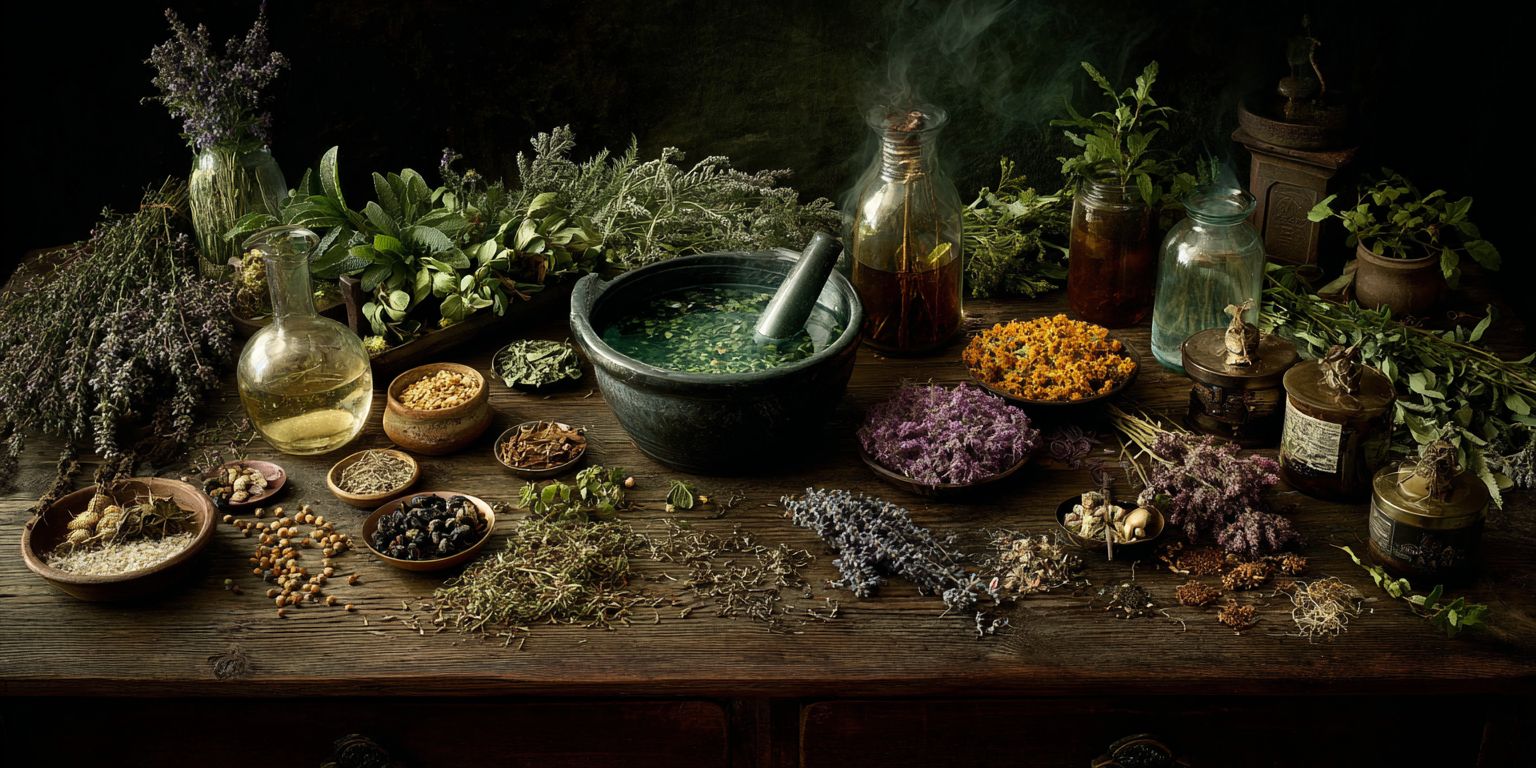 Matching Herbs to Medicinal Goals
Matching Herbs to Medicinal Goals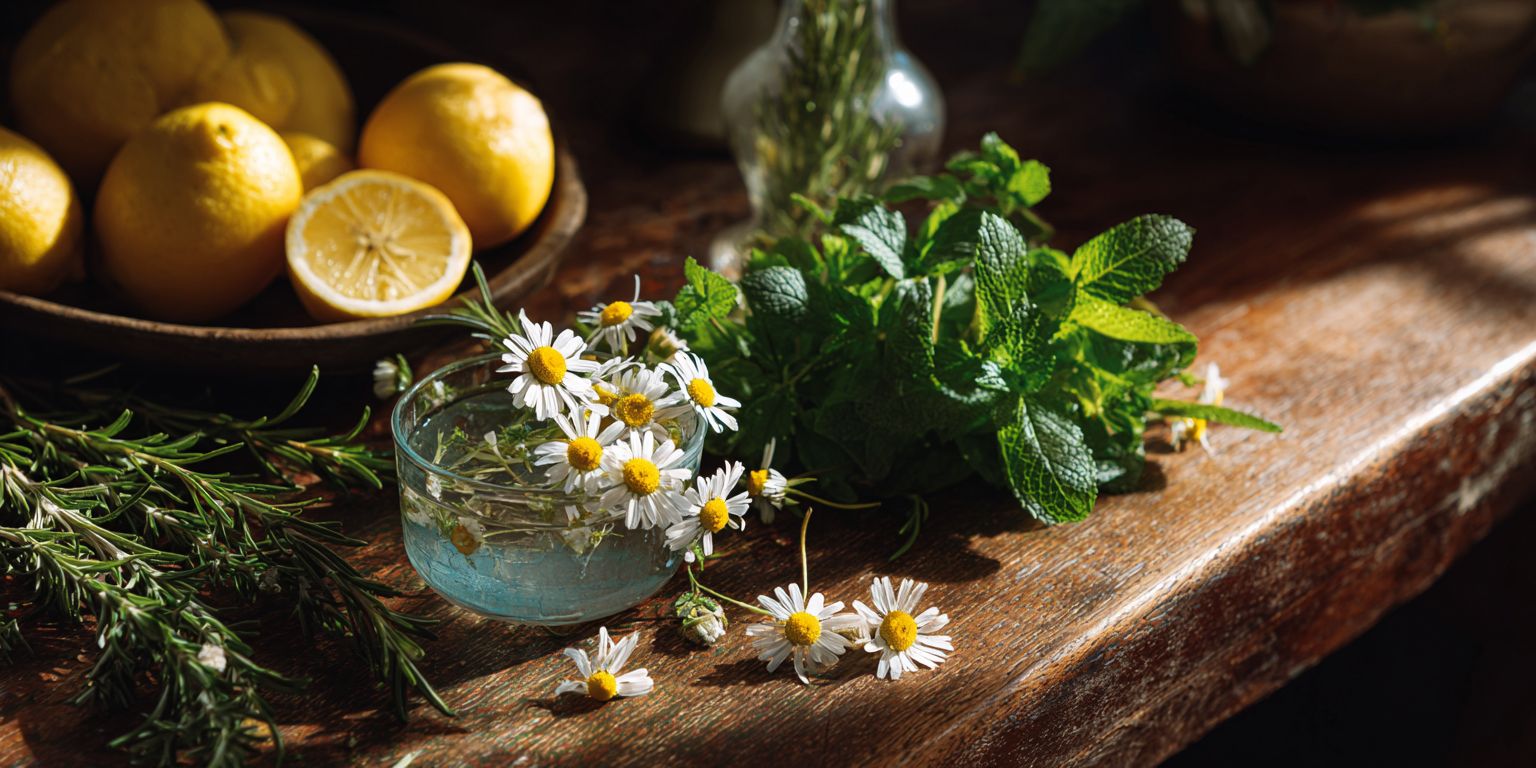 Star Players: Easiest Herbs for Beginners
Star Players: Easiest Herbs for Beginners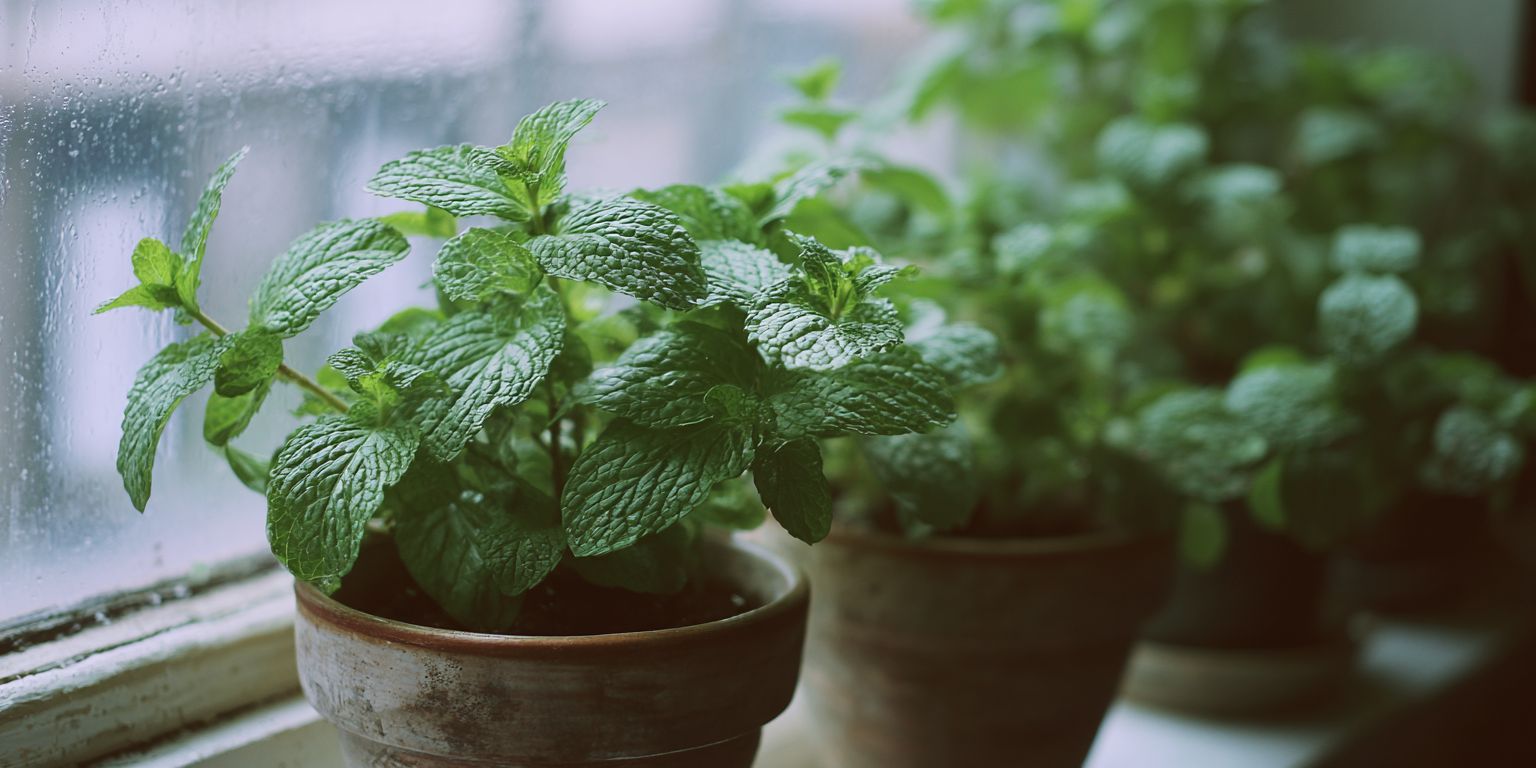 Soil Health: The Foundation of Successful Growth
Soil Health: The Foundation of Successful Growth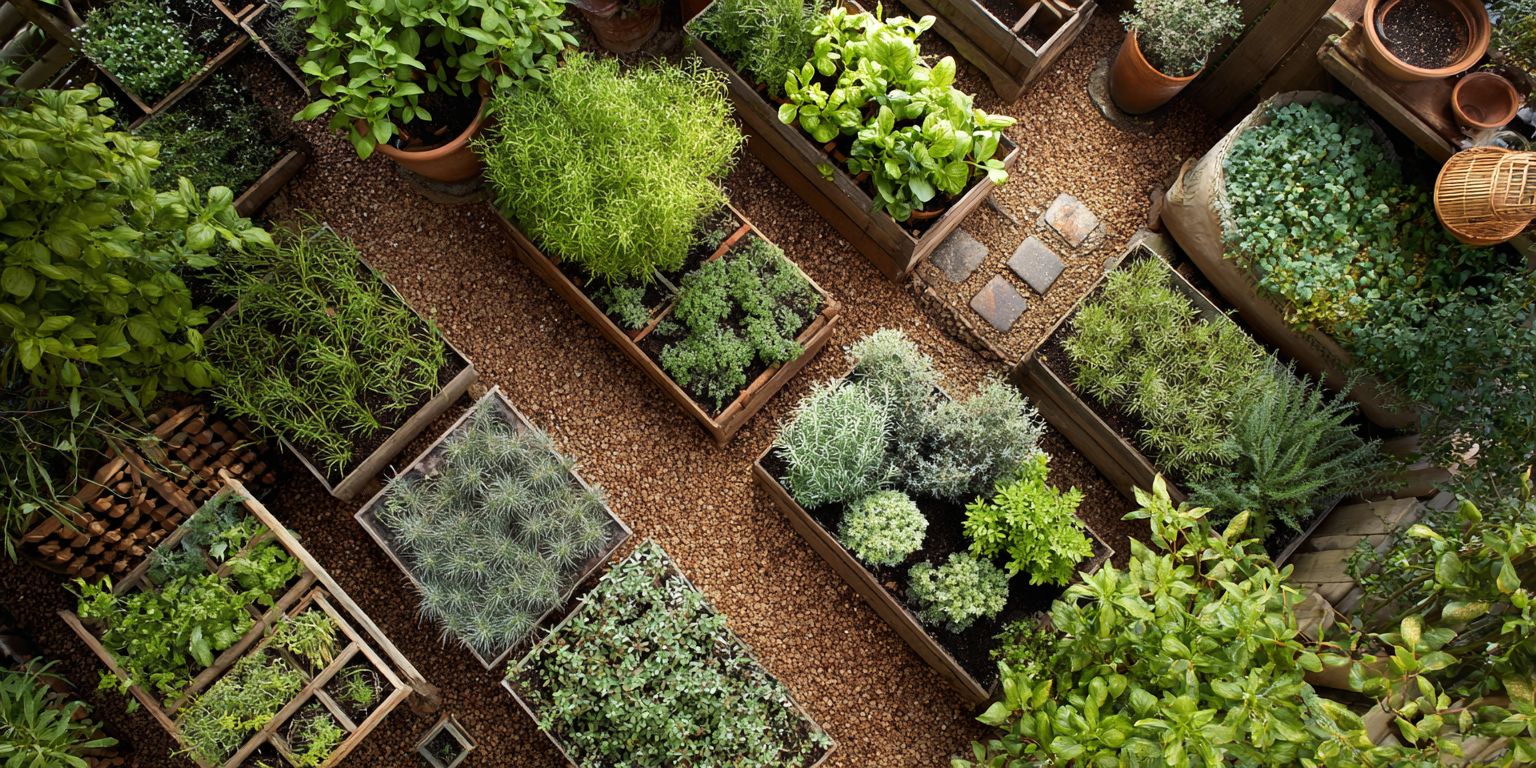 Layout Essentials: Indoor vs. Outdoor
Layout Essentials: Indoor vs. Outdoor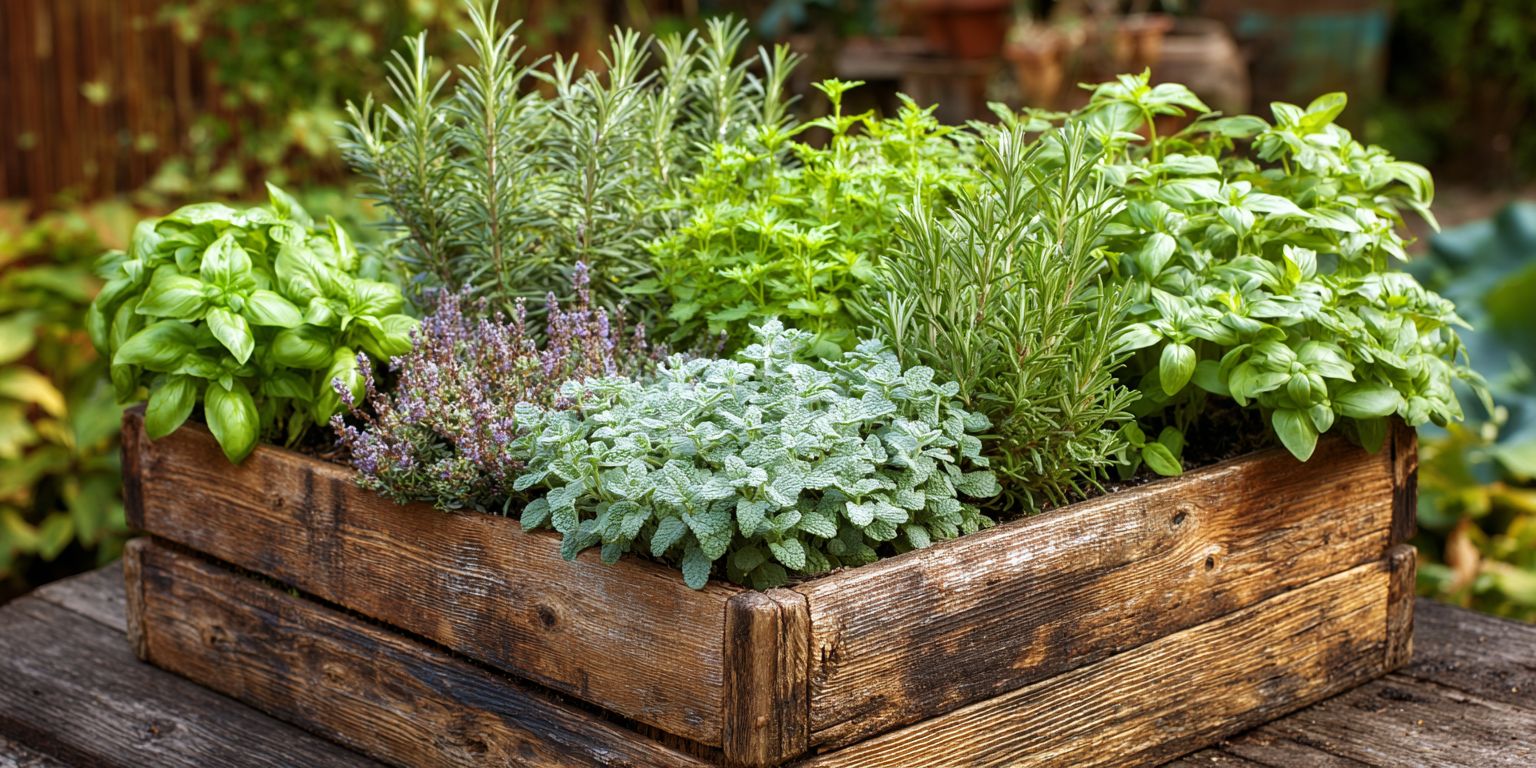 Essential Planting Methods for Home Growers
Essential Planting Methods for Home Growers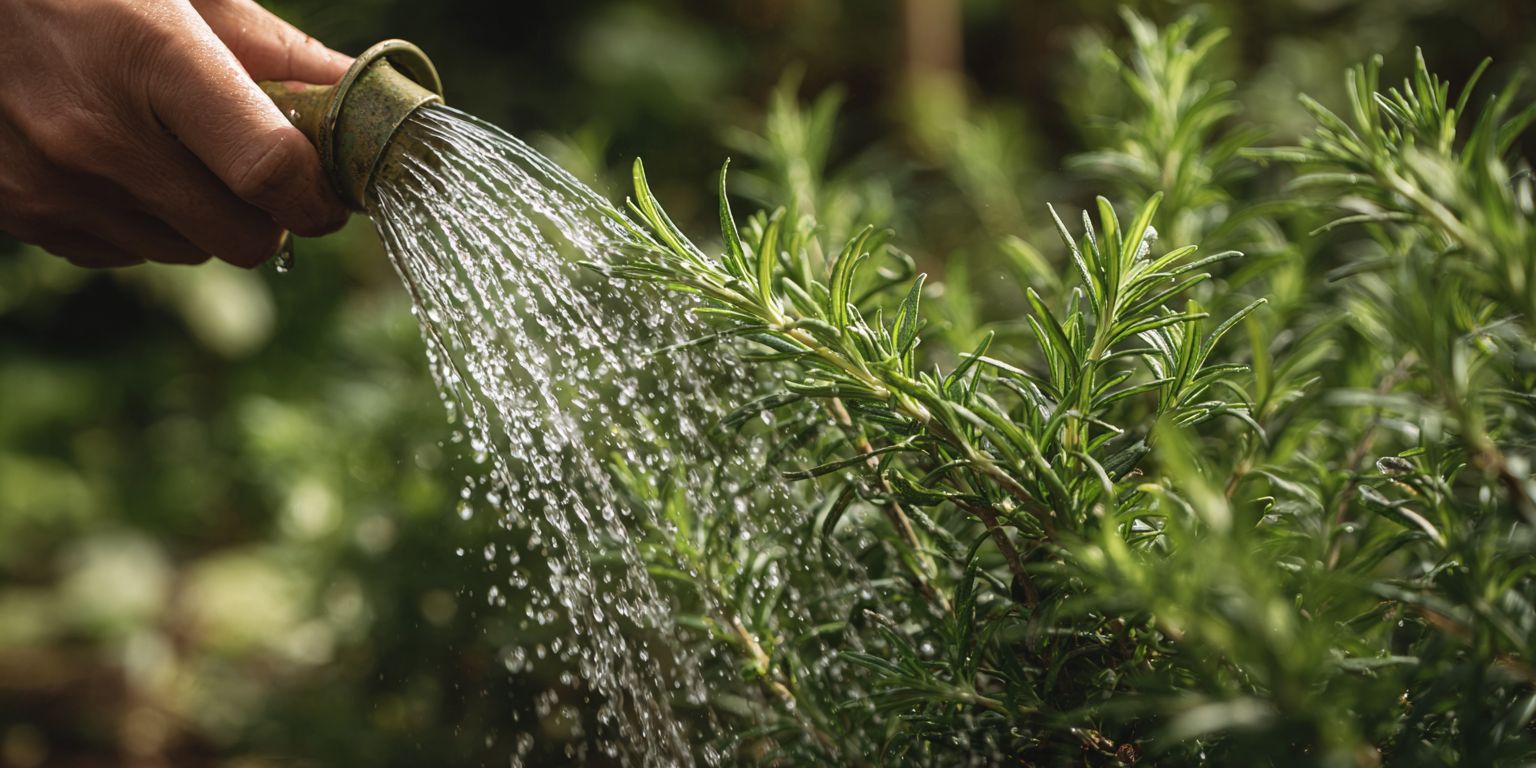 Watering Wisdom: Balancing Hydration
Watering Wisdom: Balancing Hydration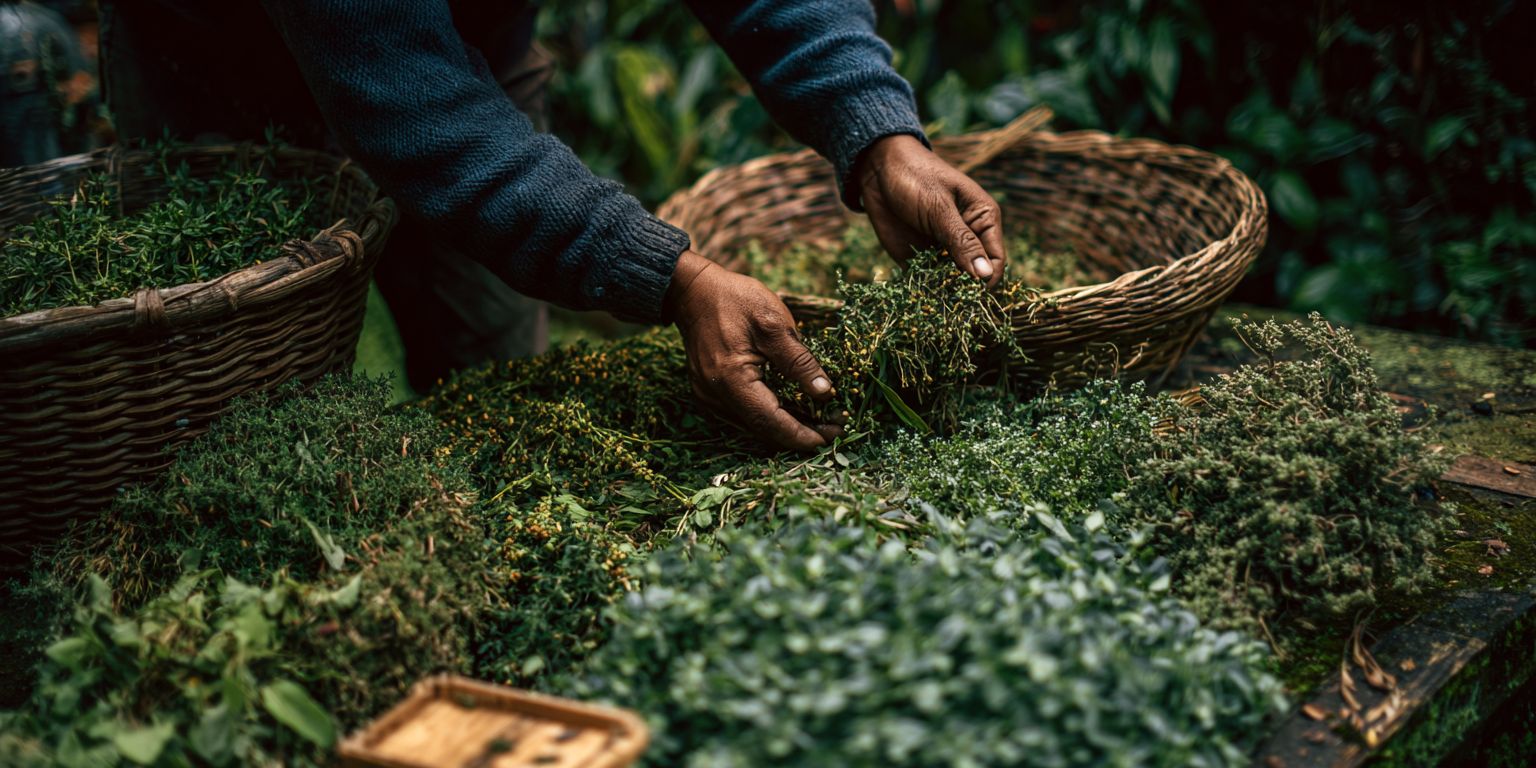 Timely Harvesting: When and How to Collect
Timely Harvesting: When and How to Collect Simple Preparations: Teas, Tinctures, and Infusions
Simple Preparations: Teas, Tinctures, and Infusions

